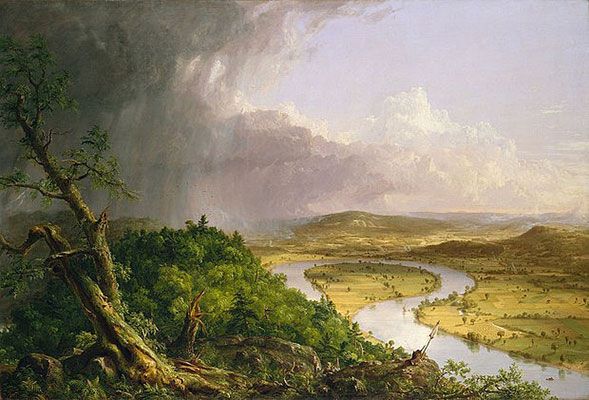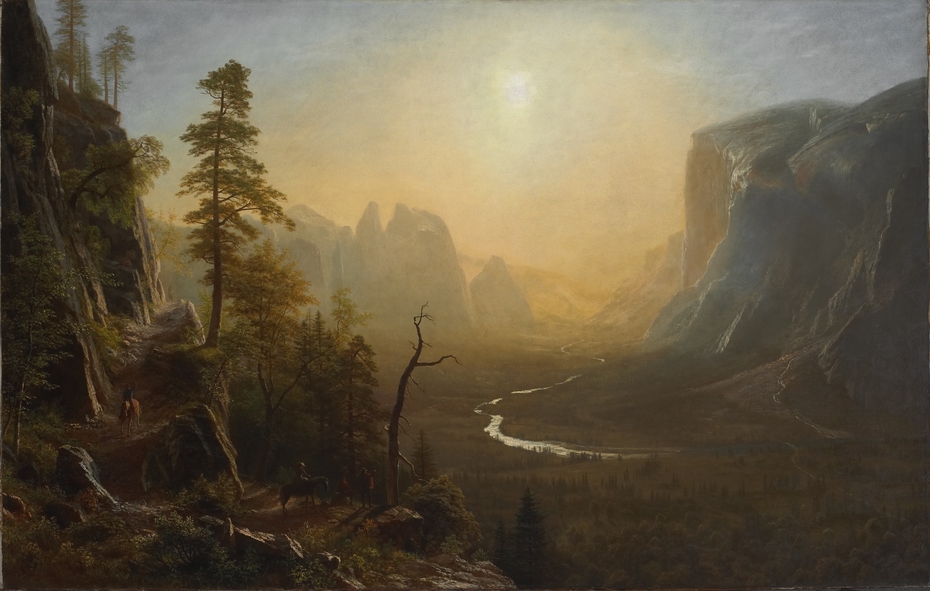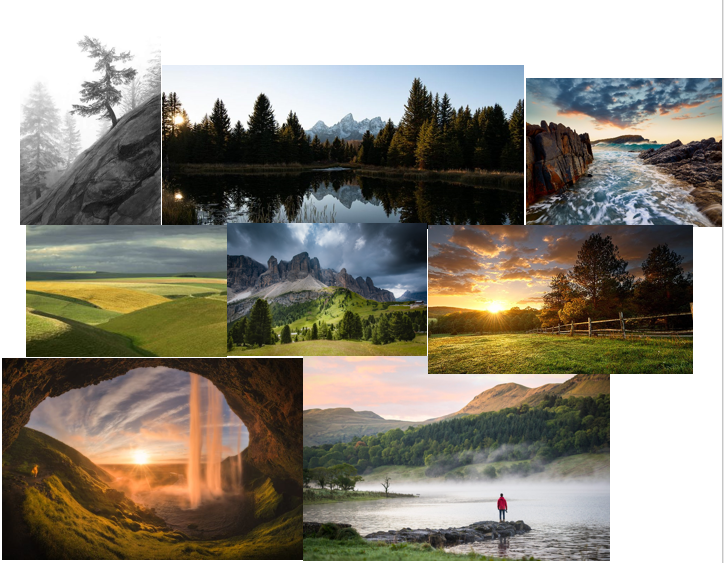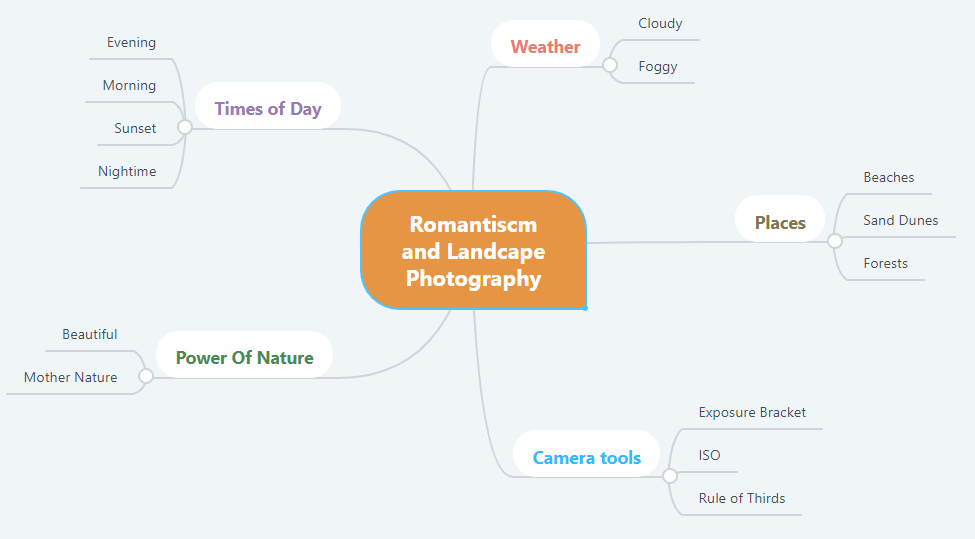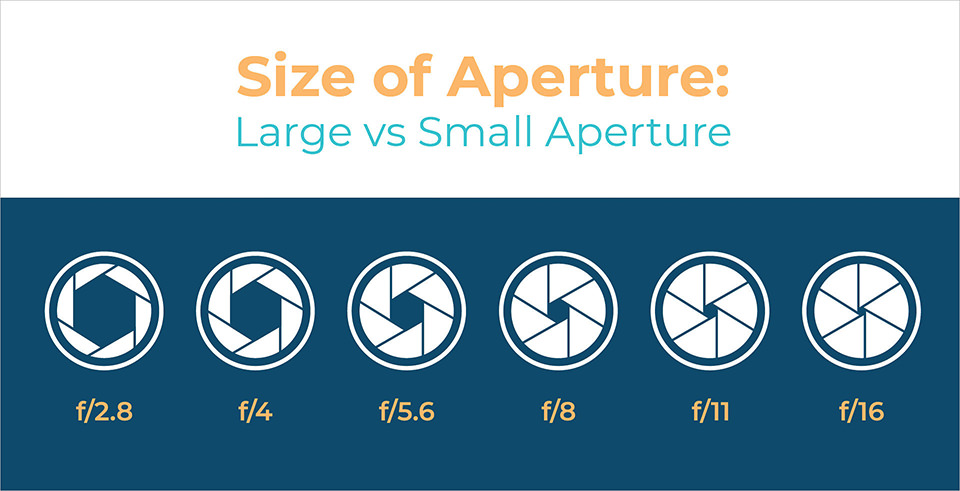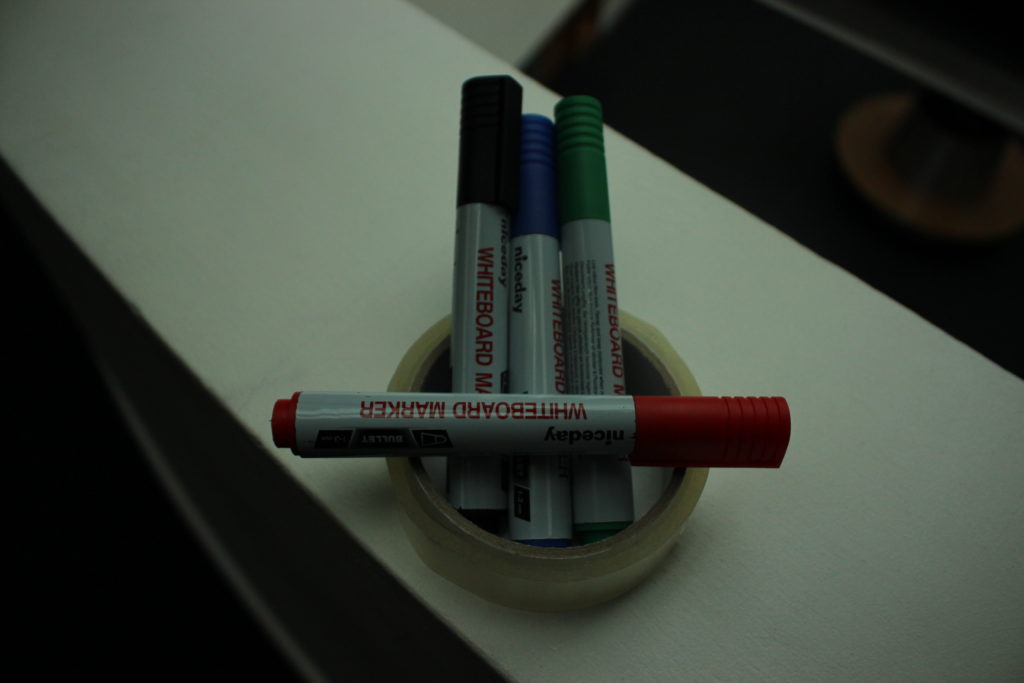- Auto Focus – The camera will automatically focus the image after pressing the shutter half way.
2. Manual Focus – By twisting the front part of the lens, you can manually focus or blur certain areas of the image.
3.White Balance – The process of removing unrealistic colour casts, so that objects which appear white in person are rendered white inthe photo.
4. ISO – Measures the sensitivity of the image sensor.
5. Aperture – Refers to an adjustable opening in your camera lens that is able to limit the amount of light passing through the lens and hitting the camera sensor.
6. Focal Length – The focal length of the lens is the distance between the lens and the image sensor when the subject is in focus e.g the standard cameralens with a focal length of 18-55mm
7. Depth of Field – Depth of field is the distance between the closest and farthest objects in a photo that appears focused/ clear.
8. Slow / fast Shutter Speed – When taking photos of fast moving things such as a runner, a fast shutter speed will be used in order to capture them clearly. Whereas, a slower shutter speed allows the lens to record more light over a longer period of time.
9. Exposure and exposure compensation – Exposure compensation is used to alter exposure from the value selected by the camera, making photographs brighter or darker.
Exposure – The amount of light the camera/ lens allows to pass through.
10. Exposure bracketing – This is a technoque used by many photographers; where they will take multiple photos of the same thing, but change the exposure each time. So when editing the images can be combied to show both colour and textures/ objects/ shadows.

